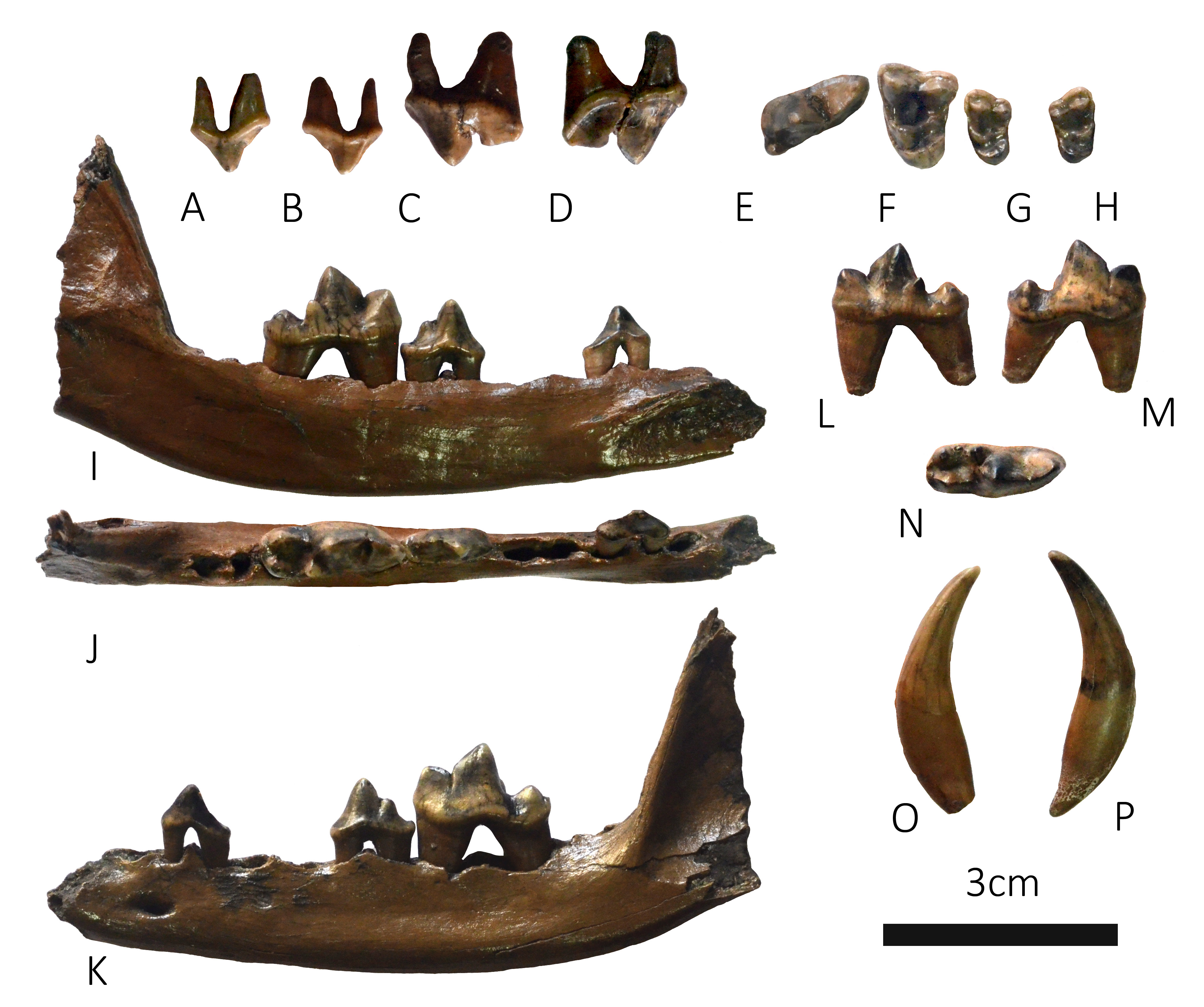MIDDLE PLEISTOCENE FOX FROM THE VALLPARADÍS SECTION (VALLÈS-PENEDÈS BASIN, NE IBERIAN PENINSULA) AND THE EARLIEST RECORDS OF THE EXTANT RED FOX
DOI:
https://doi.org/10.13130/2039-4942/15229Keywords:
Pleistocene; Iberia; Vallparadís Section; Carnivora; Canidae; Vulpes.Abstract
Dentognathic remains of European Middle Pleistocene Vulpini are scarce and fragmentary. They have classically been attributed to several species, but many taxonomic and phylogenetic uncertainties remain. Here we describe a fox well-preserved maxilla with associated mandible from the Middle Pleistocene layers of the Vallparadís Section (EVT3; ca. 0.6 Ma; Vallès-Penedès Basin, NE Iberian Peninsula) and compare them with the known fossil record of Vulpes from roughly contemporary European localities. The studied Vulpes remains described here differ from Early Pleistocene Vulpes alopecoides (including its junior synonyms V. praeglacialis and V. praecorsac) in several dentognathic features (less individualized P4 protocone; M2 paracone larger than the metacone; more robust mandibular corpus, and stouter m1 with reduced metaconid) and most closely resemble extant Vulpes vulpes. The large size of the described remains also contrasts with the small dimensions of V. alopecoides and fits better within the variability of the extant red fox. We conclude that the studied specimens, like other available Middle Pleistocene fox remains from Europe, are attributable to the extant species V. vulpes. Therefore, the EVT3 remains represent the first well-dated appearance datum of the species in Europe.
Metrics

Downloads
Published
Issue
Section
License
The journal allow the author(s) to hold the copyright without restrictions.






